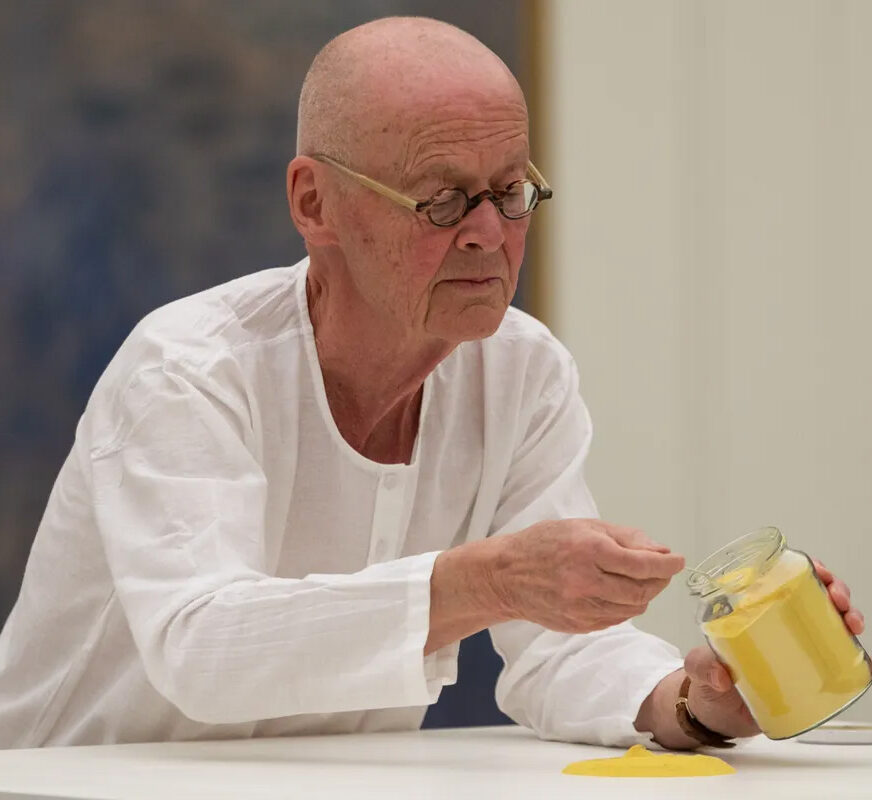Wolfgang Laib

“Towers of Silence”
Exhibition | May 1 – June 21 2025
Sperone Westwater | New York, NY
Influenced by Eastern cultures, especially Zen Buddhism, Wolfgang Laib’s process is centered on ritual and repetition, a meditation on transformation and the concurrence of the permanent and the transient.
The exhibition was anchored by five monumental beeswax sculptures in the shape of houses, towers and ziggurats reminiscent of Mesopotamian religious step pyramids and Christian reliquary shrines. The beeswax sculptures have been described by poet and art critic Donald Kuspit as representing “the enlightenment, transcendence and selflessness the monk pursues through meditation–the inner solitude necessary for higher consciousness.”
“The beeswax has a beauty that is incredible, that is beyond imagination, something which you cannot believe is a reality–and it is the most real,” says Laib. “I could not make it myself, I could not create it myself, but I can participate in it.” For Laib, the art of sculpture is itself a ritual: collecting, pouring, shaping; returning again and again; honoring materials. The process meshes with spiritual practice—asceticism, meditation, pilgrimage.
Accompanying the beeswax structures were photographs of sanctuaries and ritual spaces. According to Brooklyn Rail, this collection of towers suggest climbing, lifting, ascending—not only literally but spiritually—moving from “earthly perspective to a more spiritual one.” In a world saturated by noise, spectacle, and commerce, Laib’s spaces ask viewers to pause, breathe, and reflect. And his use of humble materials grounds the spiritual in the everyday where the temporal becomes eternal.
Wolfgang Laib’s exhibition Towers of Silence at Sperrone Westwater opened with a quote from Lao Tzu’s “Tao Te Ching,” emphasizing “Nameless Simplicity,” inner silence, peace, and the anchor of the universe within oneself.
Select Images

